
We are finally seeing the fruits of all the lion mating we have seen over the last couple of months. In our last blog, we reported counting ten Purungat Pride cubs of different age sets fathered by the Inselberg males. This week, the Border Pride surprised us with three little balls of fluff. Right down at the border we counted three adult females, two males and these cubs. They were not entirely visible through the bushes so there could be more, but we will know for sure over the next couple of weeks.
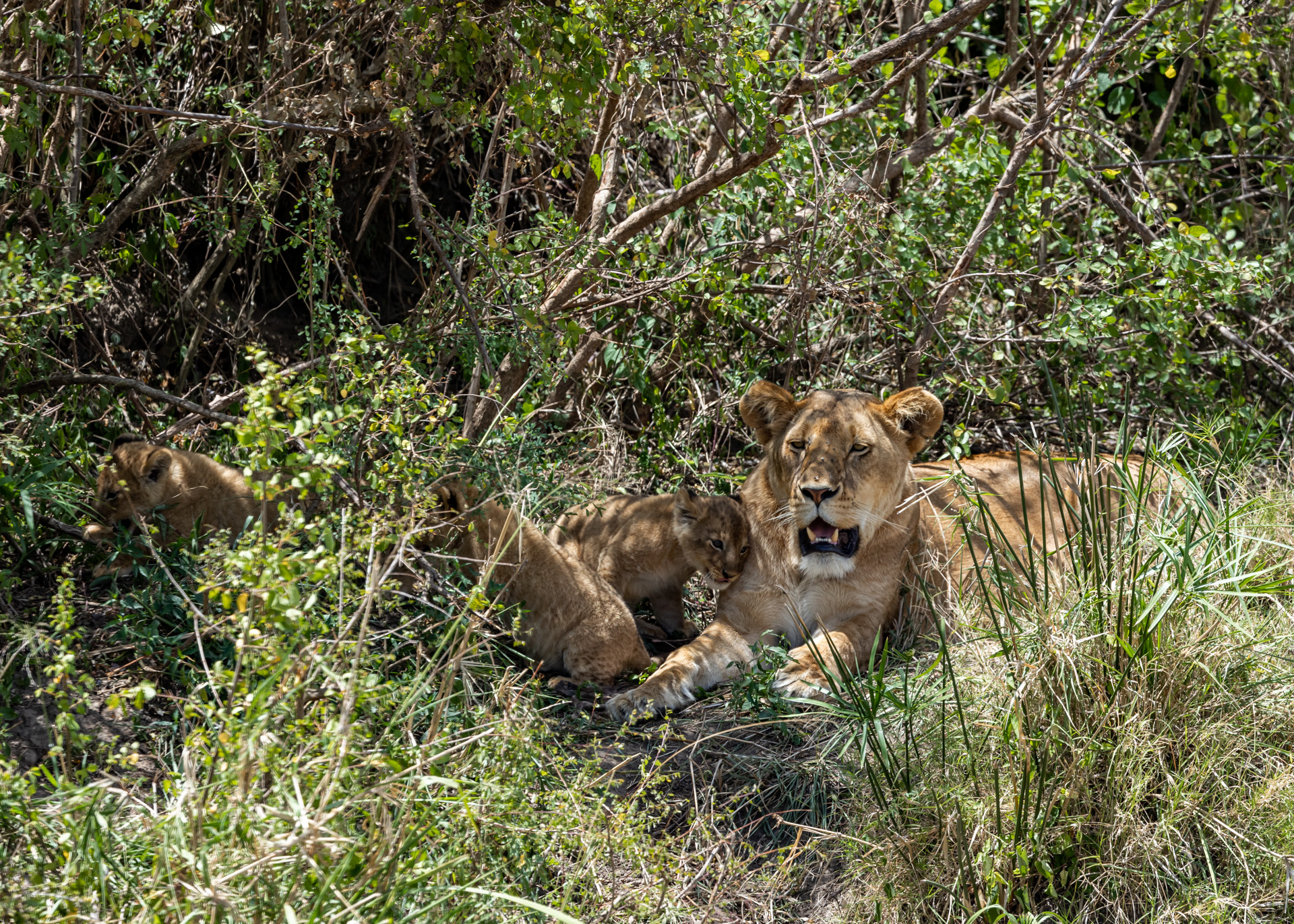
There is a particular lioness who is most dear to us and, as suspected, we are thrilled to confirm that she has a few little ones stashed away somewhere. She is the sole remaining lioness from the Angama Pride. Still occupying her late pride's territory, she has successfully given birth to new cubs after having lost her previous litter. We are all rooting hard for her to someday replenish this beloved pride.
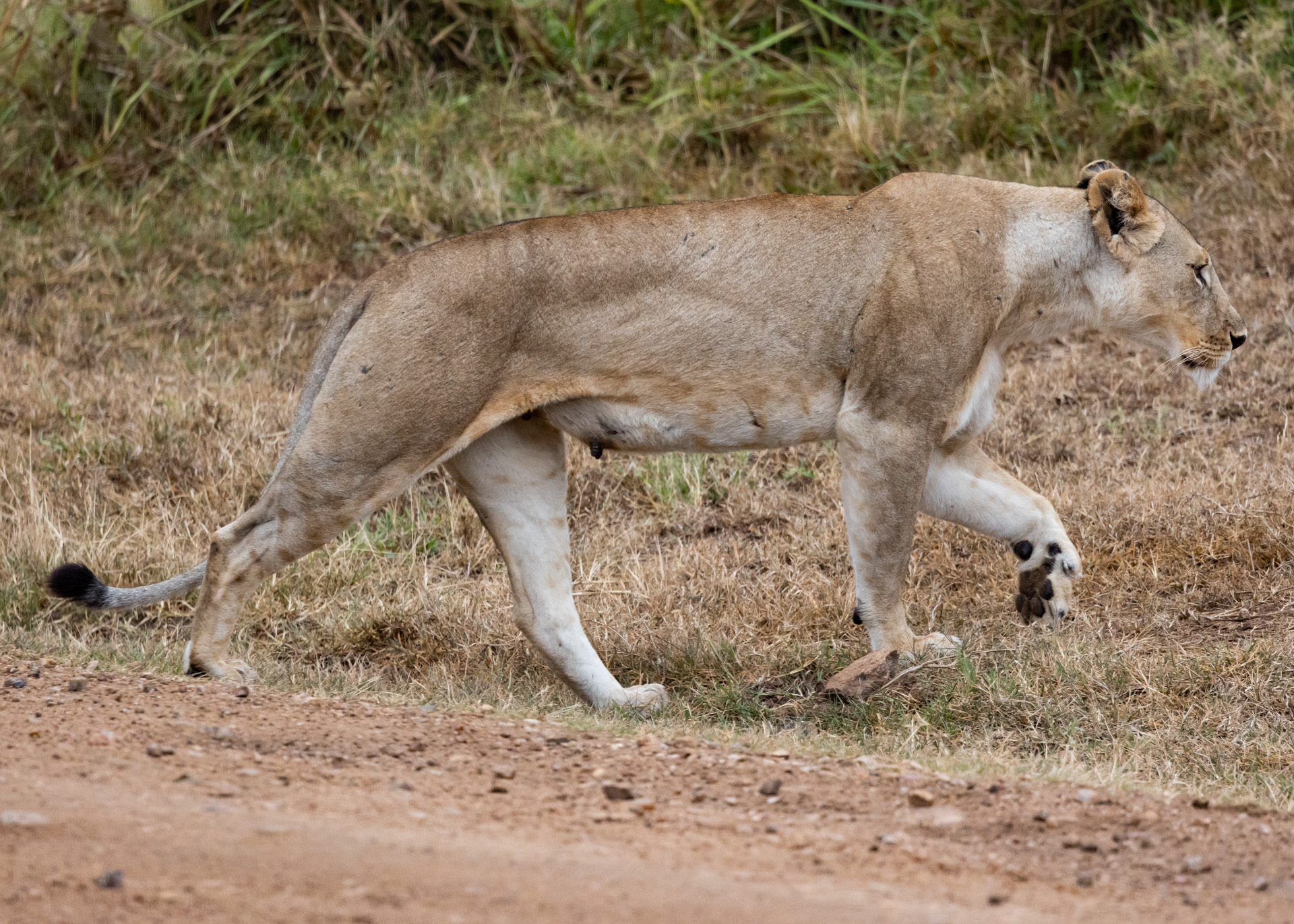
We had also previously reported on the new three cubs from the Sausage Tree Pride and this week we found some of the pride members quietly resting from a good vantage point with bulging stomachs indicating a successful hunt over the night. Although we didn’t see cubs, one of the females was clearly the mother with signs of nursing. The cubs must have been stashed away prior to the hunt and awaiting their turn to eat.

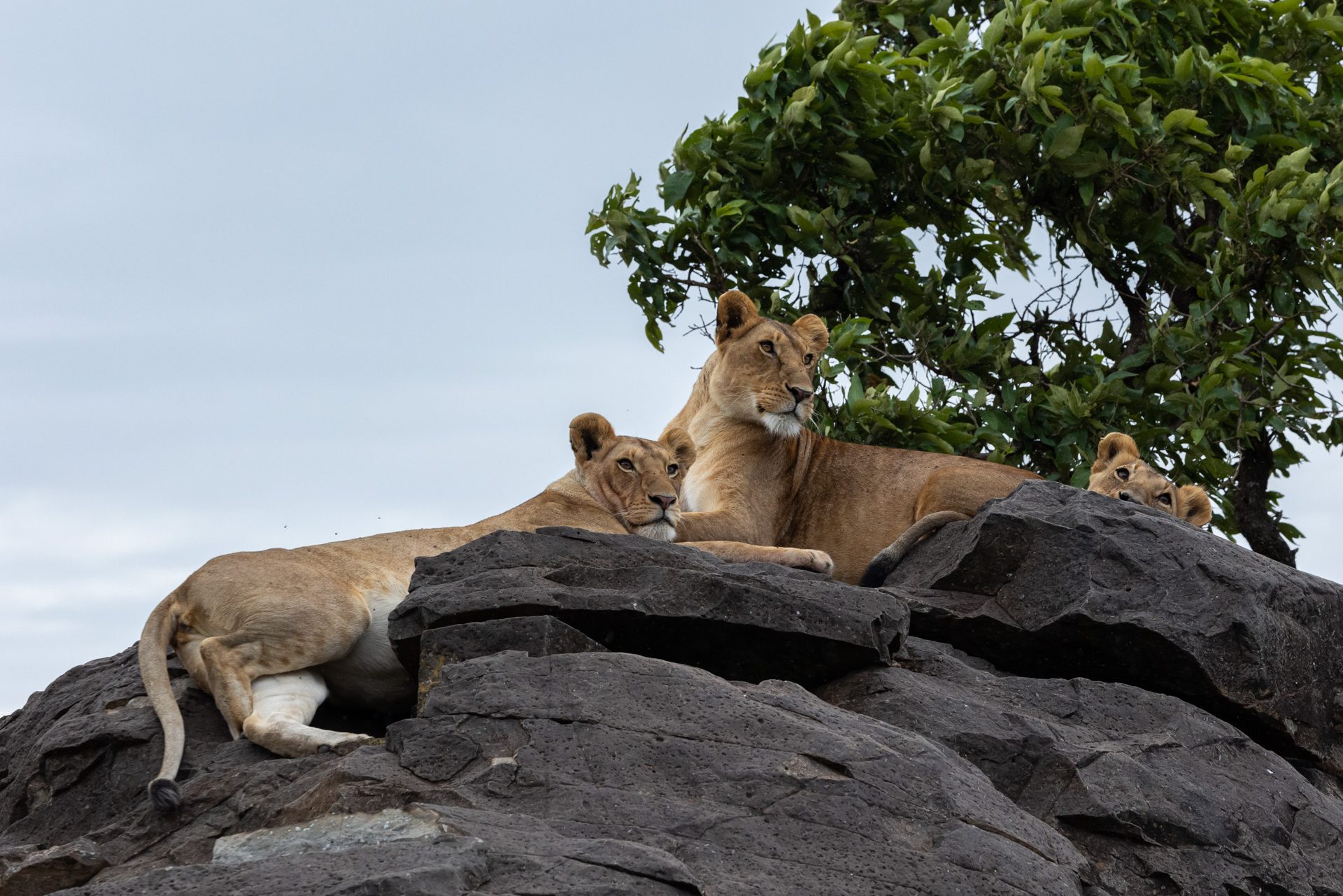
The leader of this pride had the three Lamai males in a tizzy as they fought over the right to mate with her. The bigger, darker-maned lion quickly asserted his dominance over the other two and he and the female settled down to the business of expanding the pride.

In other good news, we are happy to see the beginning of the short rains after a long dry spell that has had a terrible effect all over Kenya. Surprisingly, with just the little rains we have received this week, a good number of wildebeest and zebras have returned to the Triangle from Serengeti to graze, with pockets of good numbers scattered towards the south of the Triangle.

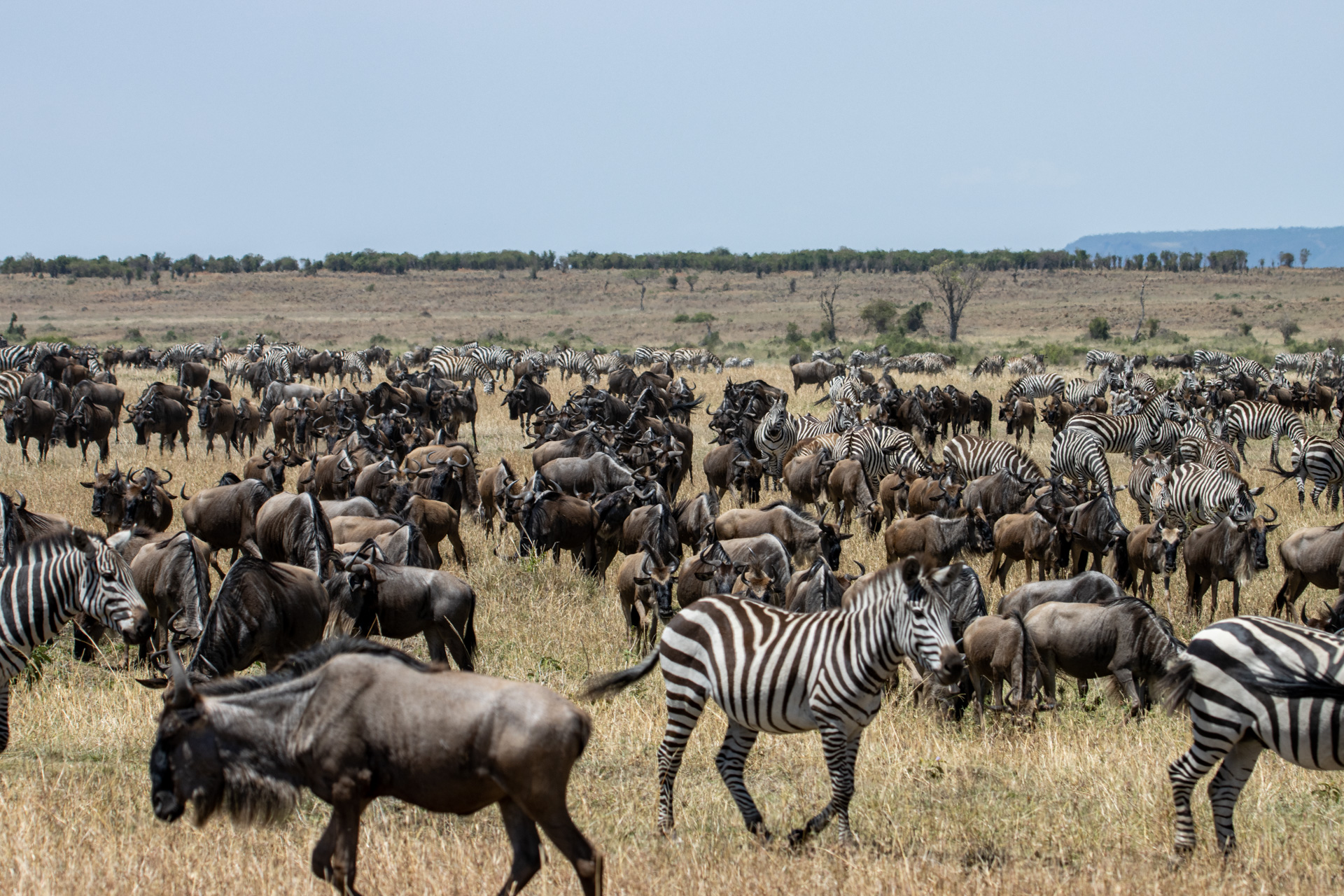
We have had incredible cat sightings that have kept us and our guests impressed by the biodiversity of predators in the Triangle. Lions were not only the ones who made the list this week as we ran into two big male leopards of the Mara Triangle with their impressive stature. The first was the not-so-shy-anymore Serena male was busy devouring the last of a kill he had up a tree. Angama guide, Jeremy, and his special guest, one Nicky Fitzgerald, watched him as he cleared up the last remains and then easily came down the tree on a full stomach and disappeared into the dry grass as if vanishing into thin air.
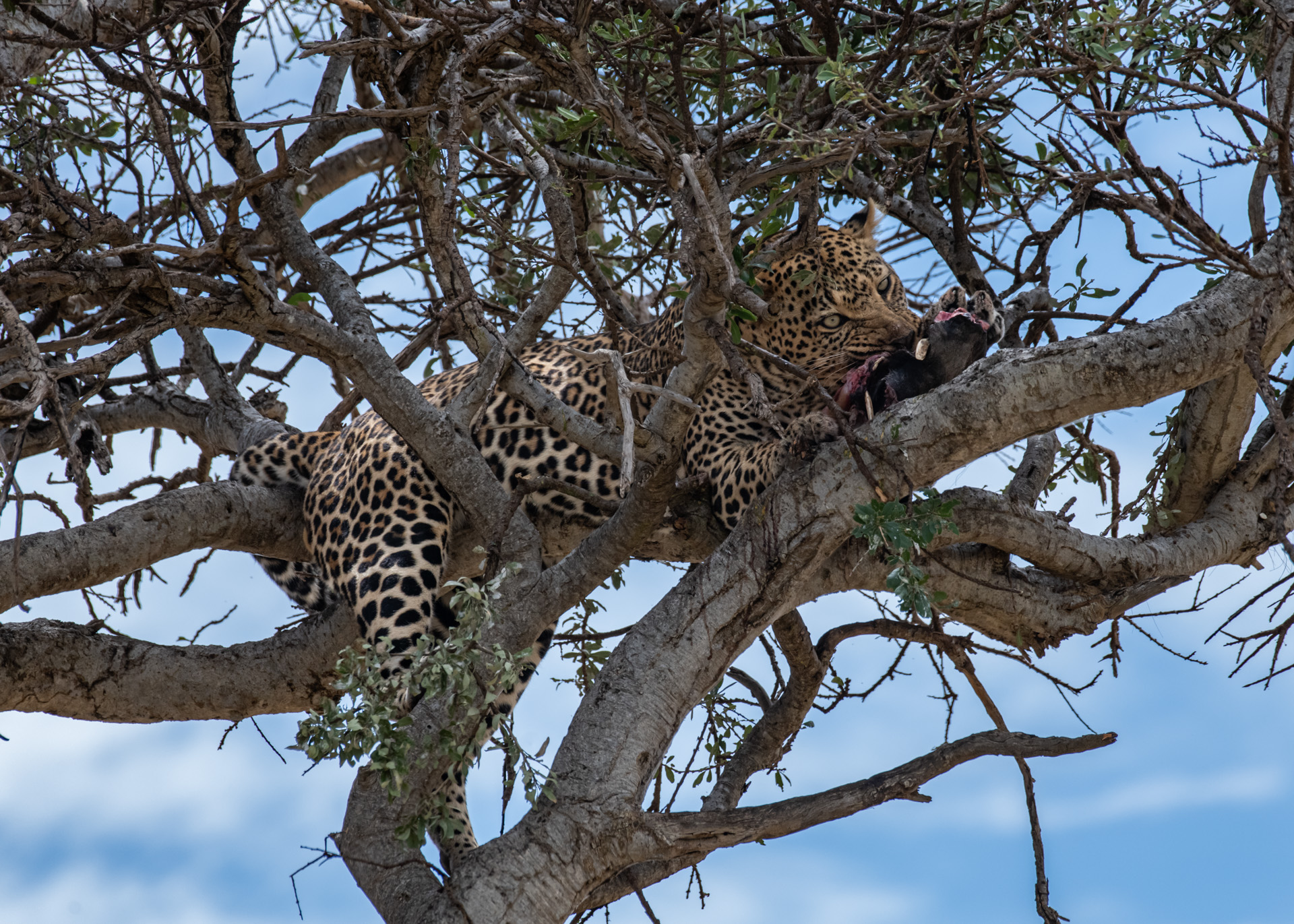
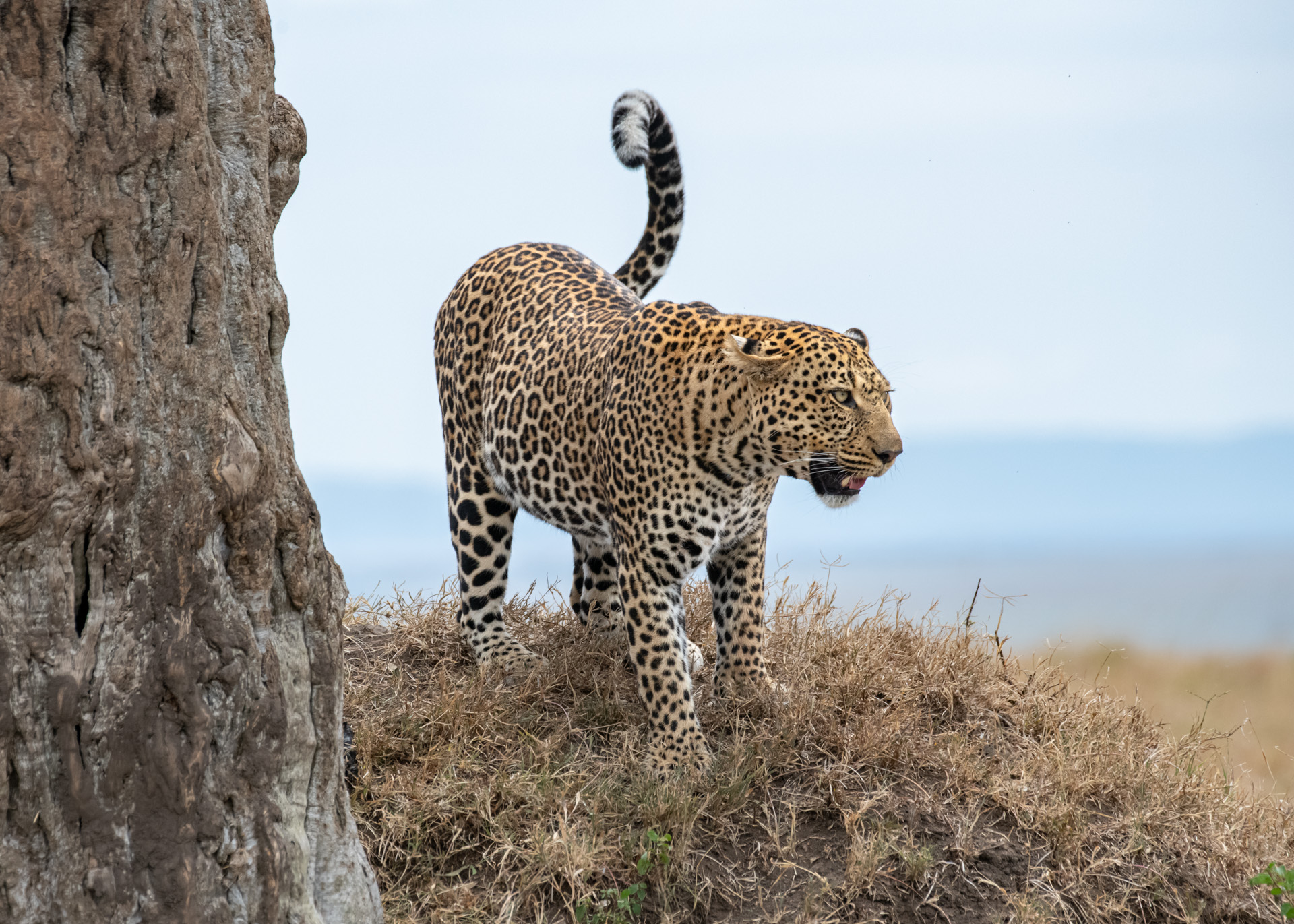
The other is a legend of the Triangle who goes by the Salt Lick male. He is a beast of a cat with an imposing physique. The last time we reported on him in our blog was back in July, when he was seen mating with an unknown female. It has been quite delightful to see him again.
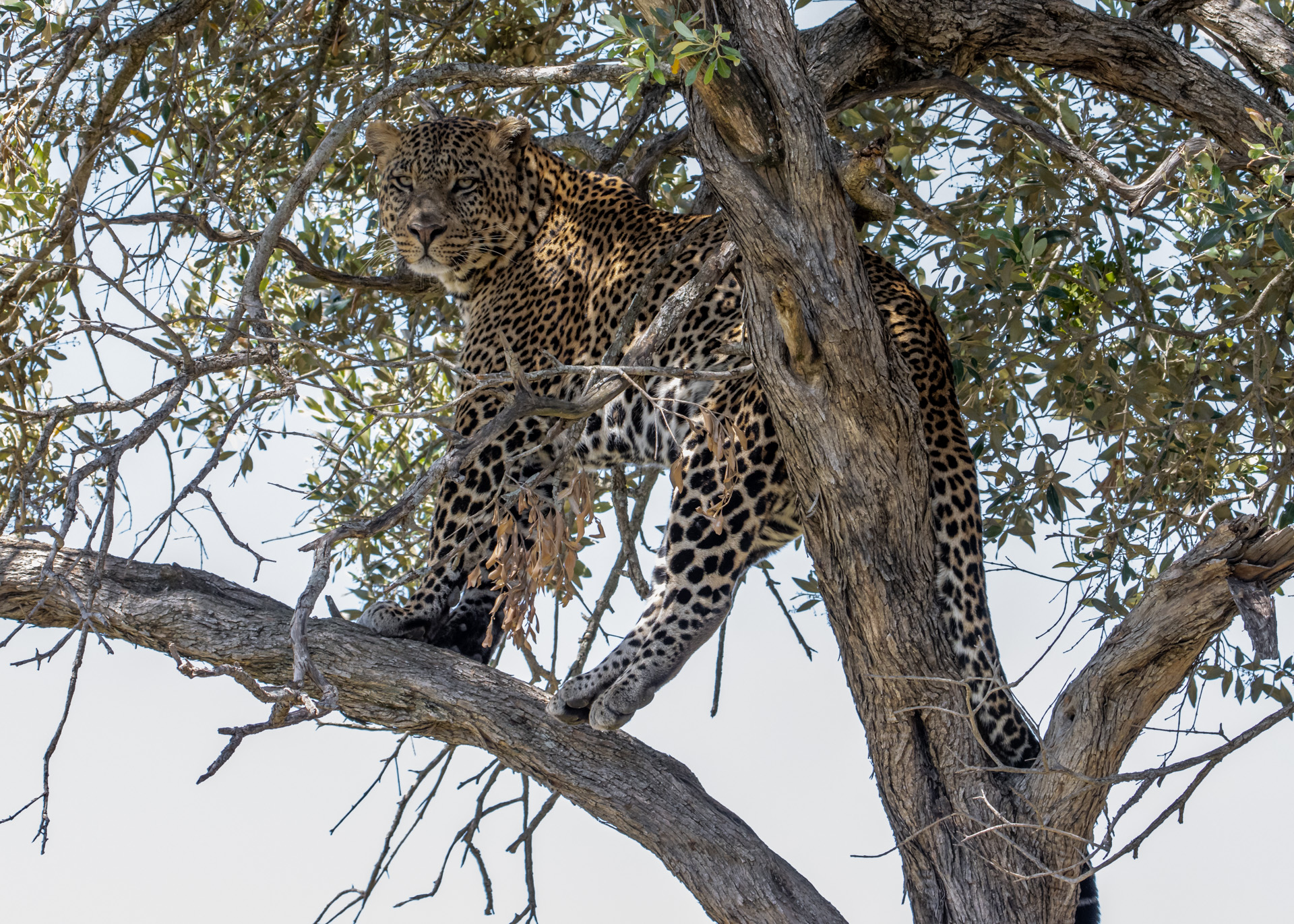
Not to be outdone, this nomad cheetah I first saw around mid-August in the Triangle, has been making appearance not far from Angama, close to one of our Angama Safari Camp locations. We strongly suspected he came over the border from Tanzania and hoped he would stick around — it has been three months and several weekly blogs since. He looked a bit famished as we found him relentlessly looking for prey to take down. To our delight, the next day guide Robert Kiprotich saw him in the same area with a bulging stomach. Good on him.

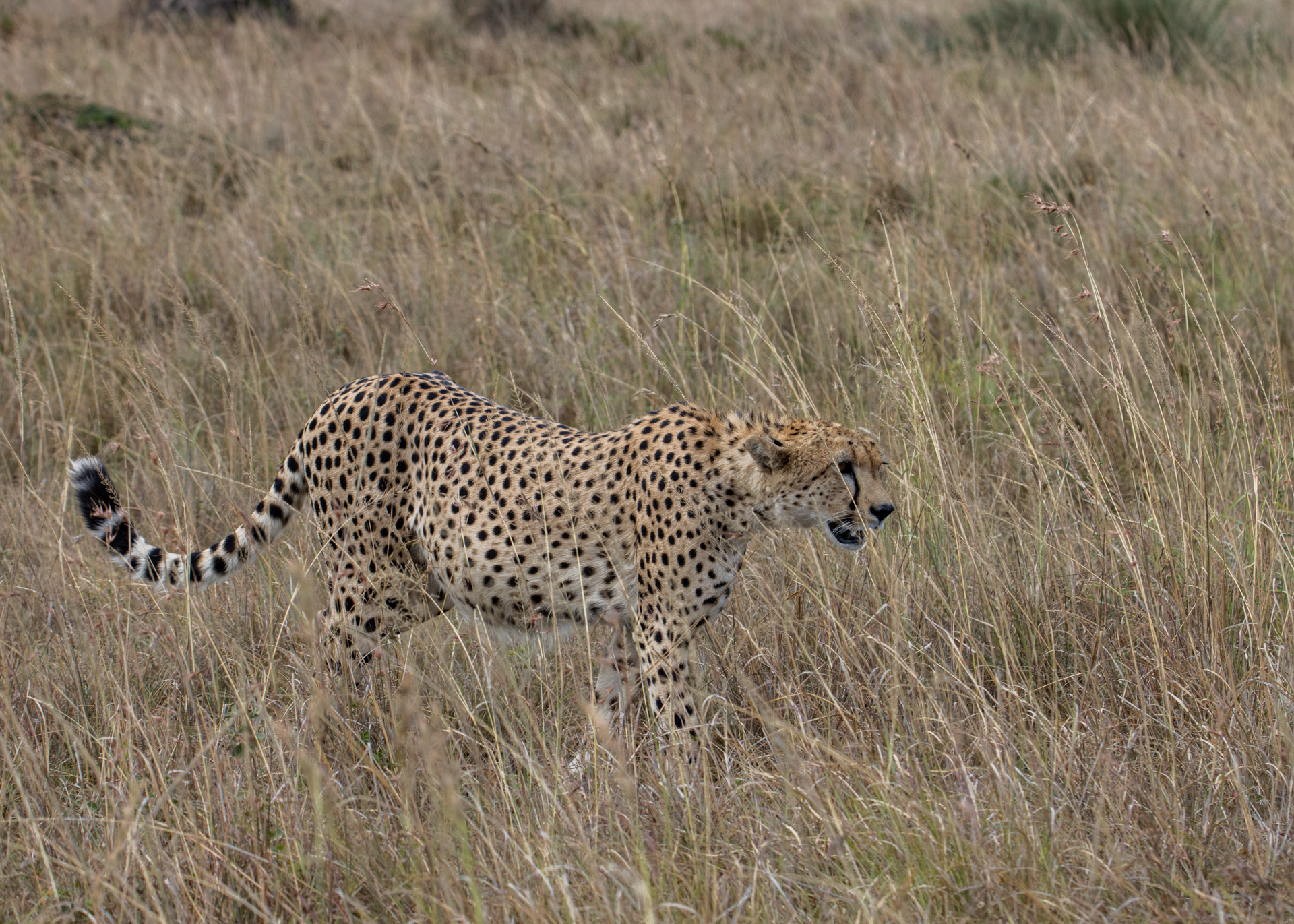
Beyond the banner sightings this week, here are some other photographs that we loved.
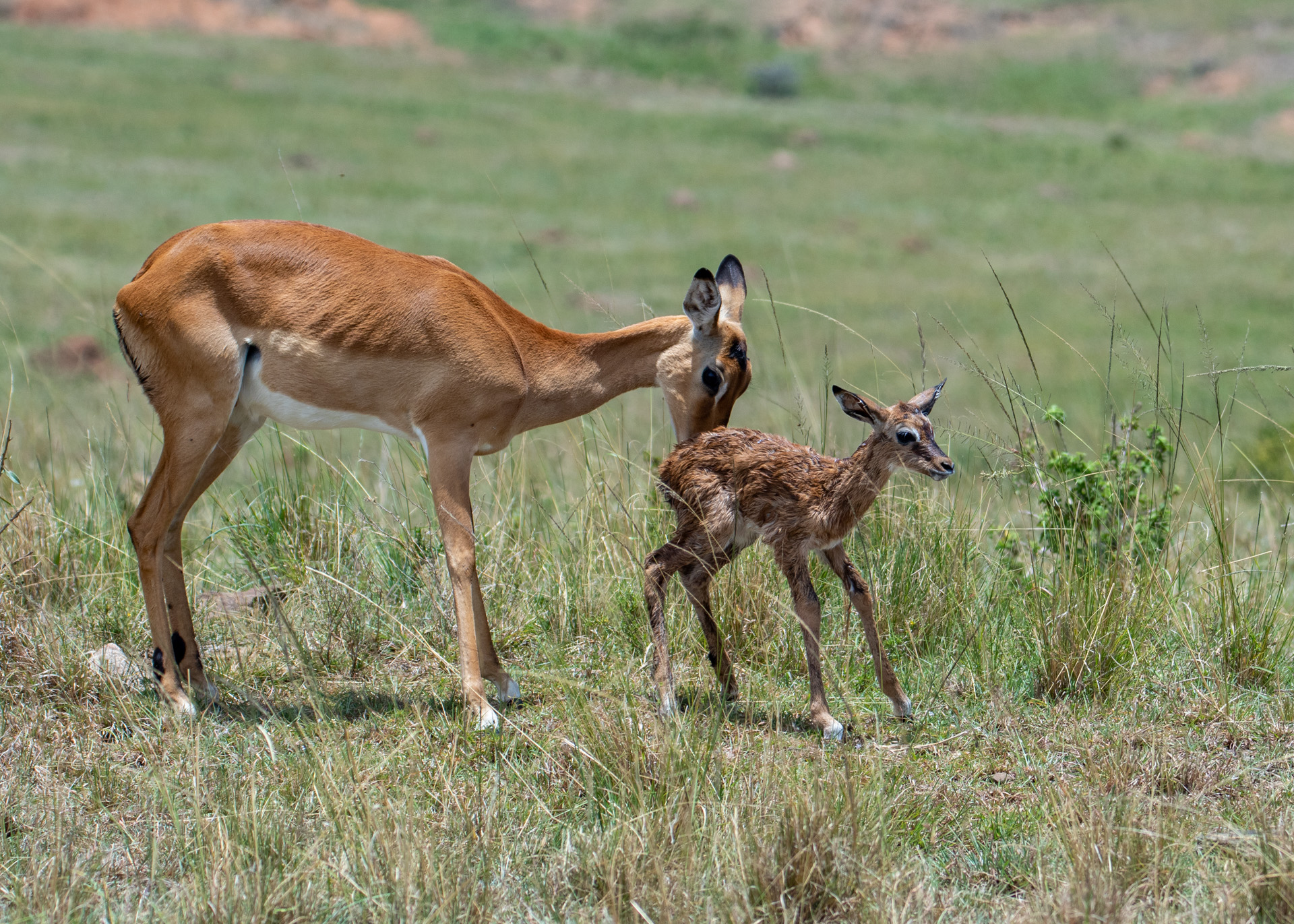
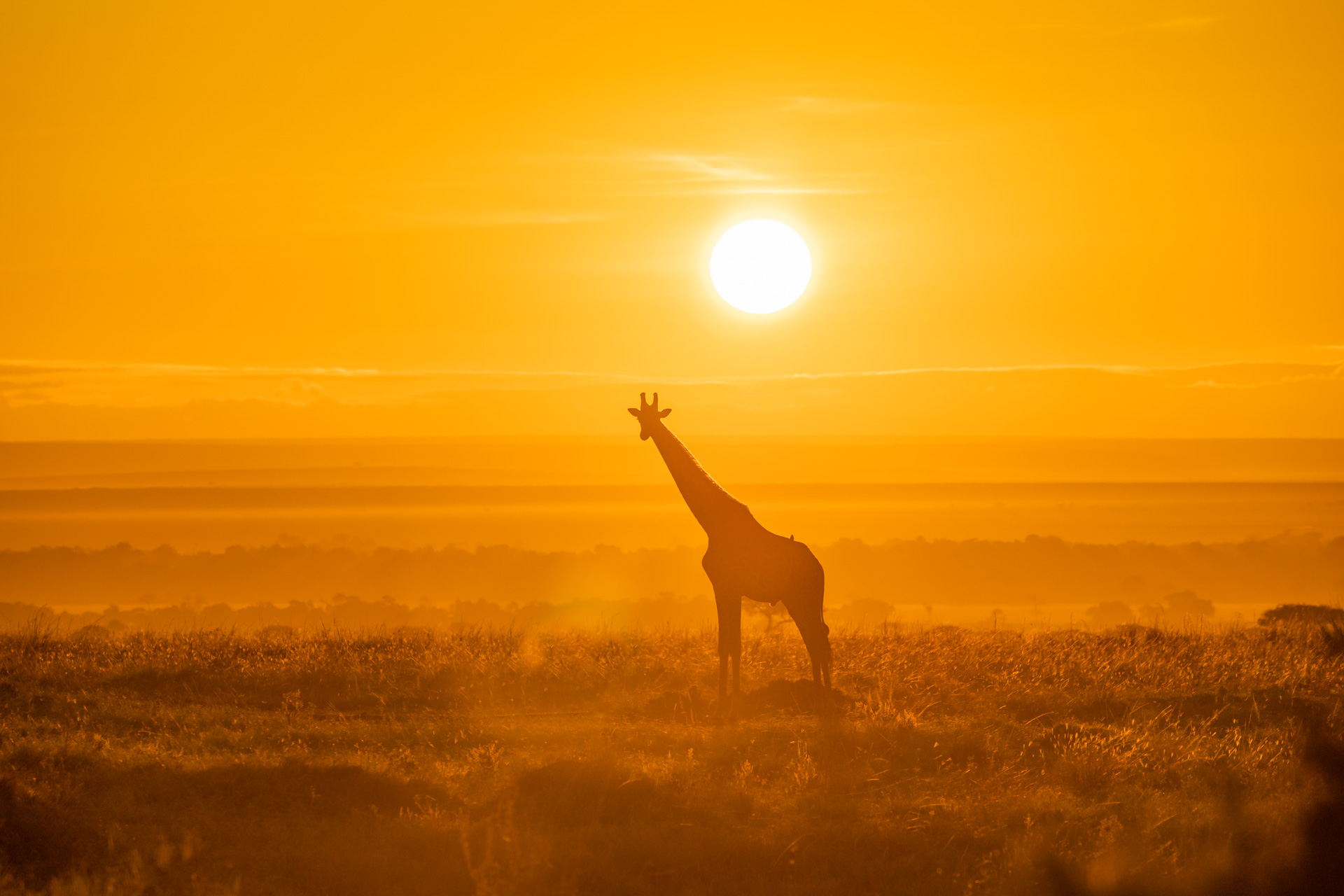


In a battle of the ages last year, a flock of around 100 vultures went up against a clan of hyena for the zebra carcass prize. What happened next was even more interesting; a vulture who was badly wounded tried to limp away, only to be followed by his flock who pecked and ate him alive. As they say, it's a vulture-eat-vulture world out here.
Filed under: This Week at Angama
Subscribe for Weekly Stories
Comments (0):

Angama Image Gallery